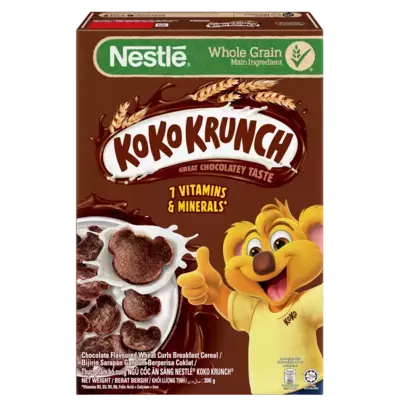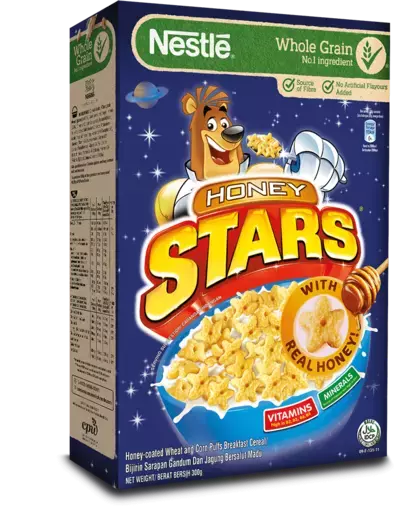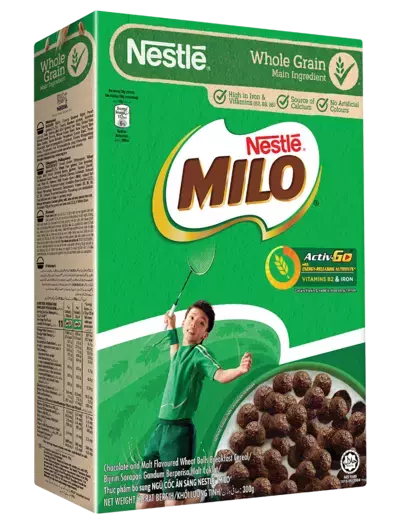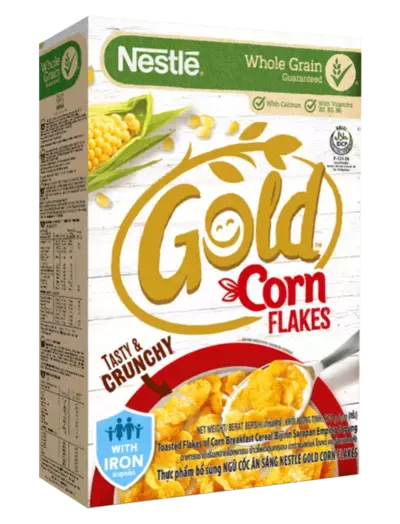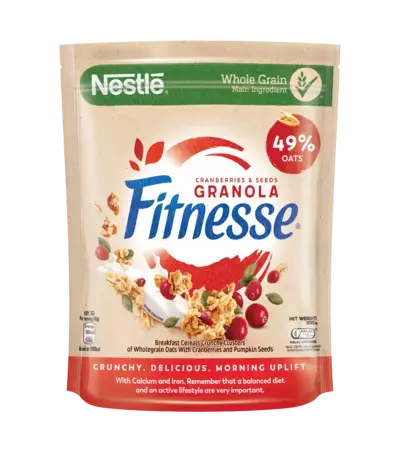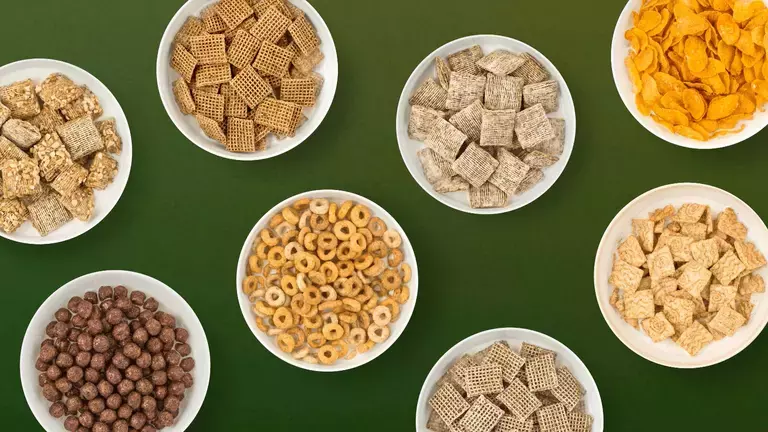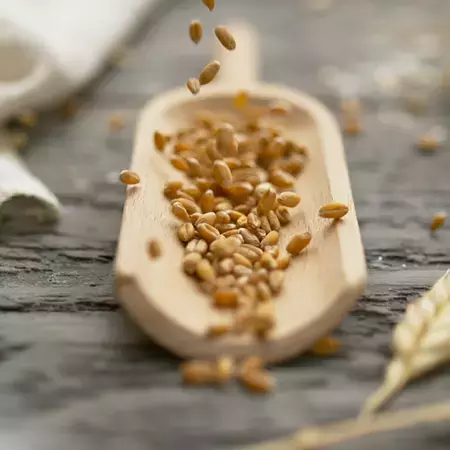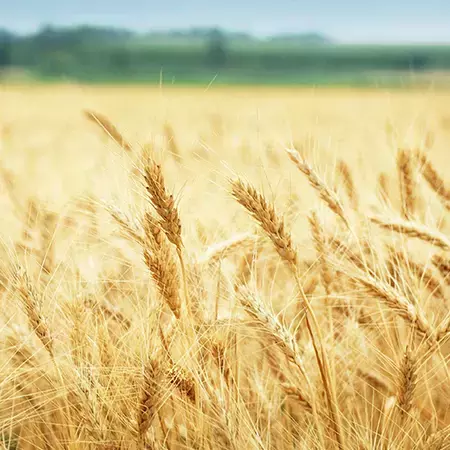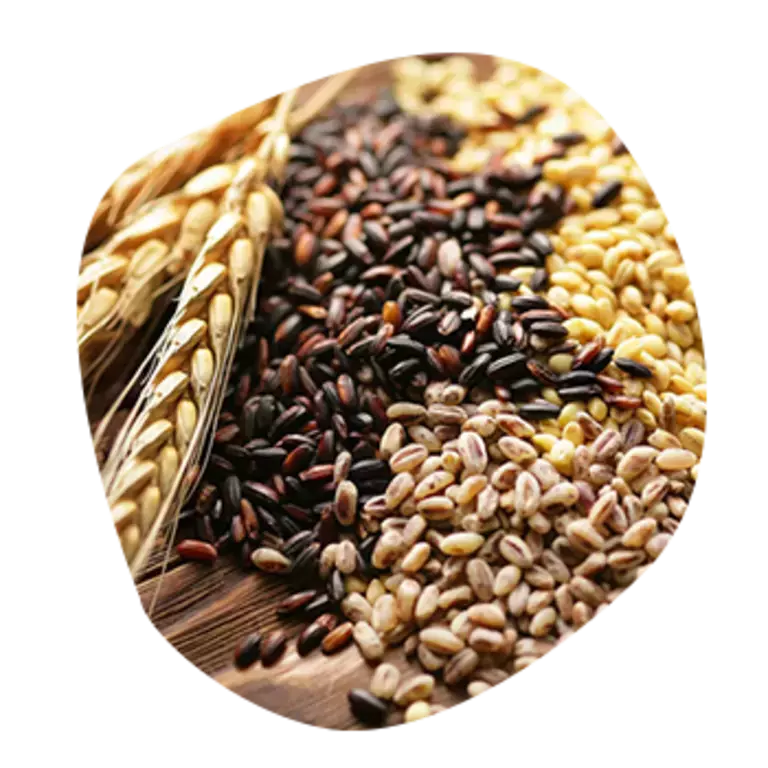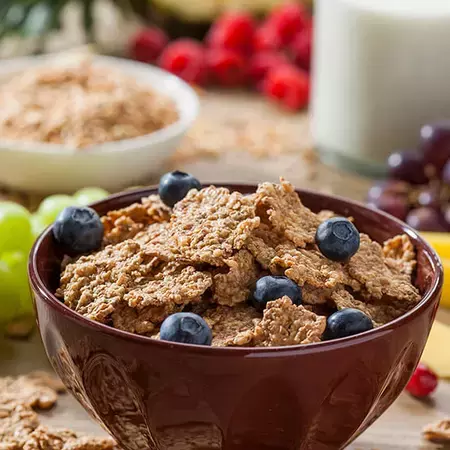Will the change in oil have an implication on Nutri-Score and other FOPLs?
In Europe, approximately 85% of our European recipes will not have a change in Nutri-Score* due to the oil change. We highly recommend the markets to do the calculations themselves locally.
Due to the current ingredient shortage, we are having to make some temporary formulation changes to some of our recipes. The switch to palm oil will slightly change the nutritional profile of our products and in a few cases, it will result in a change of Nutri-Score rating for some of them. These changes will be communicated to consumers via FOPL schemes.
* = European recipes coming from Torun PL, Rumilly FR, Itancourt FR, Avanca PT and European co-manufacturers
